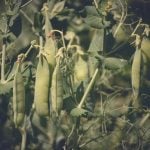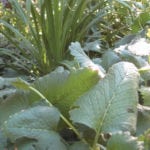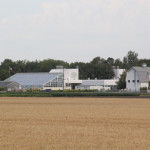This is a good time of year to assess the state of the landscape because the “bones” of the garden are fully exposed. Gone is all the colour provided by flowers and foliage, as is the texture provided by all plant material except evergreens and the bare trunks and branches of deciduous trees. The real








